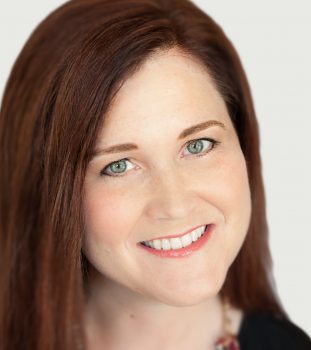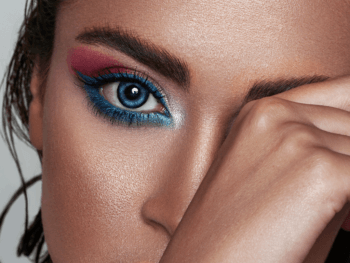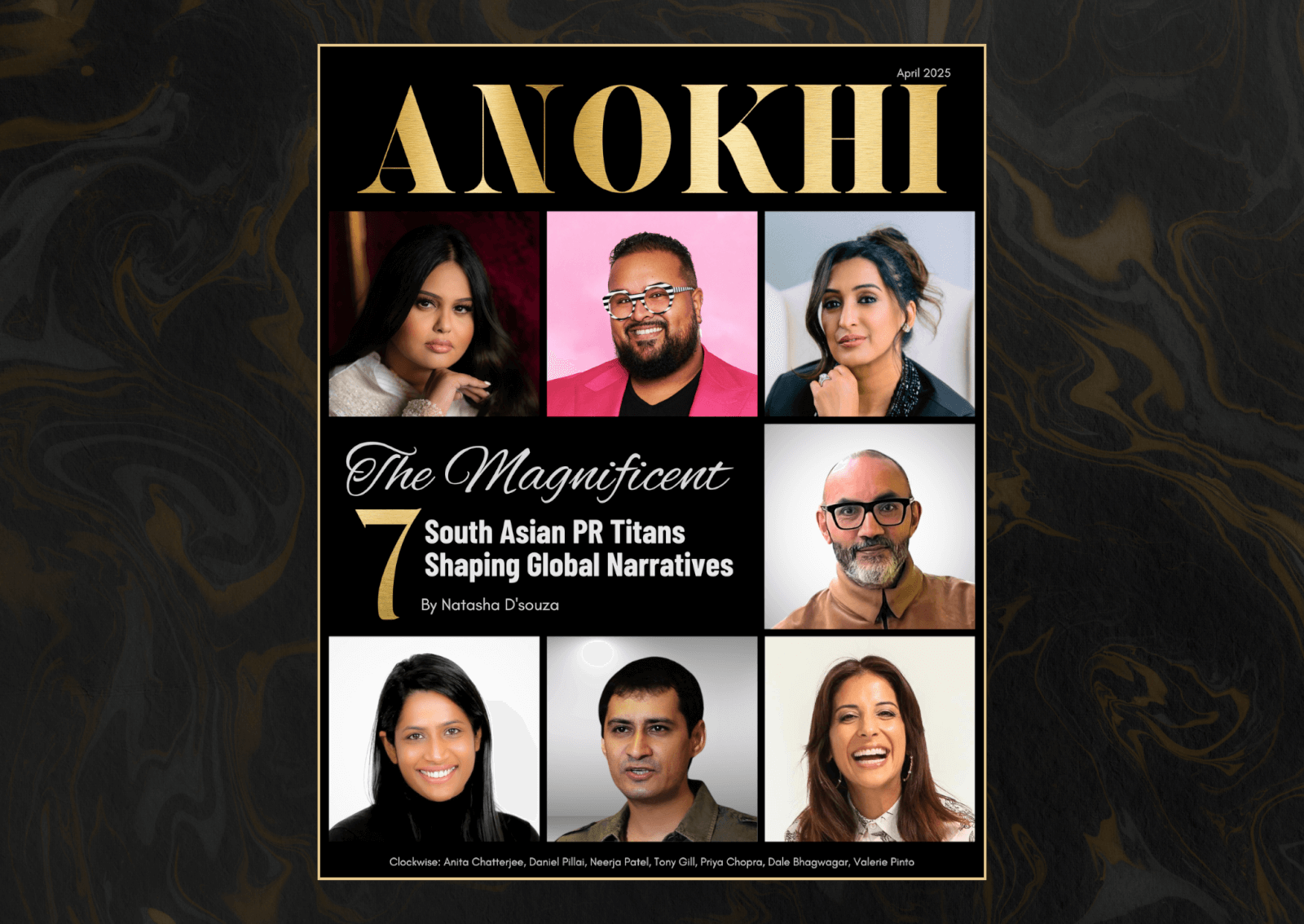Seasonal Scents: Perfumer Stacy Hertenstein Talks Mood-Setting Scents and Fragrant Trends
Jan 21, 2016

The P&G perfumer sheds light on the powerful impact of scent.
Every person has a scent story. There are some smells that you are immediately drawn to and others that you’d rather stay away from, in part due to the memories these scents invoke. You’re likely more drawn to certain smells during certain seasons, and you might even have a specific perfume to match specific moods. Many of us even have signature scents —
smells that will automatically make others think of us.
Stacy Hertenstein, perfumer for P&G, talks to us about the role scent plays in our emotions, how products change our moods through scent, and fragrance trends for 2016.
Rosemina Nazarali: Studies have shown how scent can affect emotions and even invoke memories. What kind of impact does perfume have on mood?
Stacey Hertenstein: The center of the brain that processes smell is also connected to memories and emotions. So a smell can become a reminder of a moment in your life and it can become a signature. A scent may take you back to a certain moment in your life, or in your day, and help you “relive” this moment. So a fragrance associated with a happy moment in your life may take you back to this happy state of mind every time you smell it.
RN: As a perfumer, how do you involve specific moods through your products?
SH: When we create products, such as the Herbal Essences Naked collection, we want to tell a story. In this particular collection, the feature ingredient is mint, but we needed to bring it to life in three different ways with our Moisture, Shine and Volume collections. Therefore, in order to give personality and complexity to this main ingredient, we looked at each collection individually.

Herbal Essences Naked Volume Shampoo, $3.98 CDN
Photo credit: Herbal Essences

Herbal Essences Naked Shine Conditioner, $3.98 CDN
Photo credit: Herbal Essences
For example, Volume can be about being vibrant, uplifting, it tells an upbeat story; in order to do that we paired mint with citrus. So the pairing of the refreshing mint with the citrus accord is what makes the volume collection so vibrant. Then we have the Shine collection, where we think clean, pure; in that case we thought of white tea combined with the mint and some floral notes. And finally there is the moisture, where we think nourishing and hydration so we incorporated a very herbaceous blend there. This is a nice example of how fragrance can create different impressions and moments for us as we experience these different scent characters.
RN: How does scent preference change with season? Are there certain scents people veer toward in the winter versus the summer?
SH: Fragrance preference is personal, some people may choose to stay with their signature scents that they feel best complement their style and overall preferences, and they may not want to switch between seasons. For some, seasons may impact preferences for many things such as foods, colour preferences, and also fragrance preferences. We could imagine that in the warmer months of spring and especially summer, lighter, more refreshing fragrances may be preferred. In the colder months, richer and more indulgent cozy fragrances may be in order.
For example, in the products we use daily during the winter, we may prefer products with some more hydrating properties, and therefore, the scent created will tell a story of richness and indulgence, much like our Hello Hydration collection which features creamy coconut, as well as juicy peach and melon notes, which can feel very enveloping and warming.

Herbal Essences Hello Hydration Shampoo, $3.38 CDN
Photo Credit: Herbal Essences

Herbal Essences Hello Hydration Conditioner, $3.38 CDN
Photo credit: Herbal Essences
But certainly this is entirely up the individual. And having a variety of scent experiences available to us gives us the opportunity to experiment with whatever type of escape we may want to create for ourselves at any time of the year.
RN: Does perfume application differ from season-to-season? What do you recommend for getting the most out of a scent?
SH: One key difference in scent application from season to season would be regarding what part of our body will be exposed. During the summer, wearing light dresses and shorts will ensure that any scent you are wearing, may it be from your shower gel, body lotion or perfume, will likely get diffused (especially with the generally warmer temperatures), versus the winter, during which the colder temperatures can generally slow down evaporation of fragrance. During the winter, our body is also less exposed, so we may focus on applying scent on parts of our body such as the neck, and the hair that will let the scent diffuse itself without “obstruction."
In order to make sure that you get as much out of a scent as possible, layering may be helpful, for example, with the use of a dry shampoo or with some styling products in addition to your shampoo and conditioner duo.
RN: Choosing a scent can be such a personal experience, but there also tends to be trendy smells. What scents do you see trending in 2016?
SH: Florals and fruits are always very important fragrance notes, and they are also always evolving. If you look back at the evolution of fruits in fragrances, for example the '80s and '90s trends (in North America), we were looking at more simplistic scents and more predominant notes of some simpler (and familiar) fruits, such as apple. More recently, with the world “shrinking” and the consumers having more exposure to new exotic fruits to sample, it’s very exciting as a perfumer to explore these new scents.
People may tend to gravitate toward scents they know and in which they have some level of comfort and familiarity. So if you are eating certain fruits, you may be more likely to want those in another part of your life, such as your fragrance. But if you smell something you’ve never tried, it might take time to understand and adopt it.
The other area that will always be very important in fragrance is florals. If you look at the floral evolution, it’s very interesting – in the '80s, florals were big and bold, and in the '90s things became more sheer, which we could also see in some of the fabrics of the fashion of this time period. Now, we are coming back to some of the bigger and bolder florals. For example, tuberose, gardenia and also some of the classics such as jasmine and rose. So even if fruits and florals have always been present, it’s great to look at their evolution and how it translates in fragrances.
Main Image Photo Credit: P&G
Rosemina Nazarali
Author
Rosemina (@RoseminaN) is a writer and content strategist who has a special place in her heart for beauty. She’s always on the pulse of current trends and loves trying new products -- especially if they are brown-skin worthy! When she’s not playing with makeup, she’s travelling, going to concer...














































































































